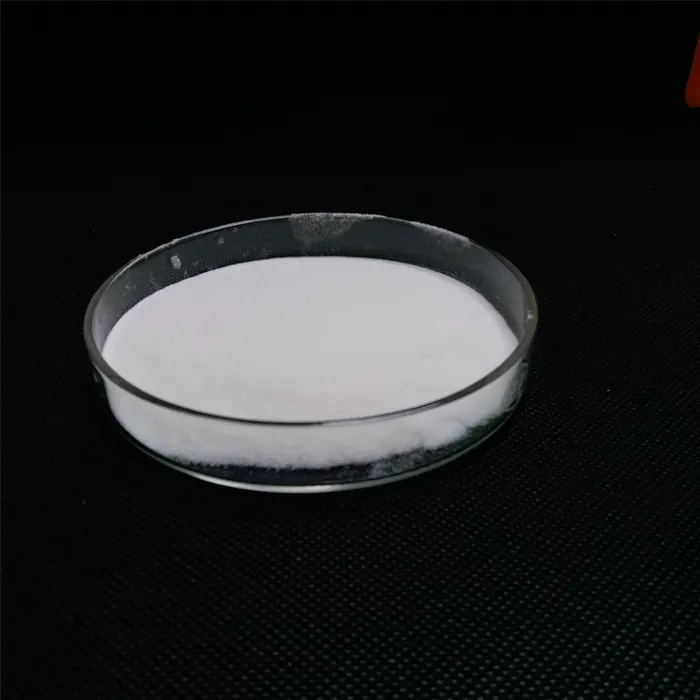Understanding Ethylene Glycol Acetate Properties, Applications, and Safety
Ethylene glycol acetate, also known as ethylene glycol monoacetate or ethylene glycol acetate (EGA), is an important solvent widely used in various industrial applications. As a colorless, viscous liquid with a sweet odor, this compound plays a critical role in many sectors, including coatings, paints, and adhesives. To appreciate its significance, it is crucial to explore its properties, applications, and safety considerations.
Chemical Properties
Ethylene glycol acetate is an ester, specifically the acetate ester of ethylene glycol. Its molecular formula is C4H8O3, and it boasts a molecular weight of 104.10 g/mol. The compound has a boiling point of approximately 150 °C and a density of about 1.06 g/cm³. As an organic solvent, it is moderately soluble in water and highly soluble in organic solvents like ethanol and acetone. These properties make EGA an effective medium for dissolving a variety of substances, which is crucial for its application in formulations.
Applications
One of the primary uses of ethylene glycol acetate is as a solvent in the production of paints and coatings
. Its excellent solvency power helps to dissolve various resins, ensuring a smooth and even application of paint. This is particularly important in the automotive and architectural industries, where high-quality finishes are essential.In addition to paints, EGA is utilized in the formulation of inks, particularly for printing processes. The ability of ethylene glycol acetate to dissolve pigments and other printing compounds results in vibrant colors and enhanced adherence to surfaces.
ethylene glycol acetate

Moreover, EGA finds use in the adhesive industry. Many adhesives require specific solvents to achieve the desired viscosity and application properties. Ethylene glycol acetate provides the right balance, making it a preferred choice for manufacturers of pressure-sensitive adhesives and other bonding agents.
Ethylene glycol acetate is also employed in the manufacture of various consumer products, including cleaners, personal care items, and even specialty chemicals. Its versatility as a solvent allows it to be incorporated into a wide range of formulations, enhancing product performance and user experience.
Safety Considerations
While ethylene glycol acetate is valued for its industrial applications, it is vital to consider safety and environmental impacts. As with many organic solvents, EGA can pose health risks if not handled properly. Exposure to the compound can lead to respiratory irritation, headaches, and in some cases, more severe health issues with prolonged exposure. Therefore, it is essential for workers handling EGA to use appropriate personal protective equipment (PPE), such as gloves and masks, and to ensure adequate ventilation in workspaces.
Environmental considerations are also critical. Ethylene glycol acetate should be handled following established safety guidelines to minimize risks of spills and leaks, which can have detrimental effects on ecosystems. Waste disposal must be conducted in compliance with local regulations to prevent environmental contamination.
Conclusion
Ethylene glycol acetate is a versatile and valuable solvent utilized across numerous industries, from paints and coatings to adhesives and cleaners. Its unique chemical properties allow it to dissolve a wide range of substances, making it an essential component in many formulations. However, safety and environmental considerations must not be overlooked. Adequate precautions should be taken to ensure the safe handling and disposal of this chemical to protect both human health and the environment. As industries continue to innovate, the importance of ethylene glycol acetate is likely to grow, highlighting the need for ongoing research and development to maximize its potential while safeguarding public and environmental health.

